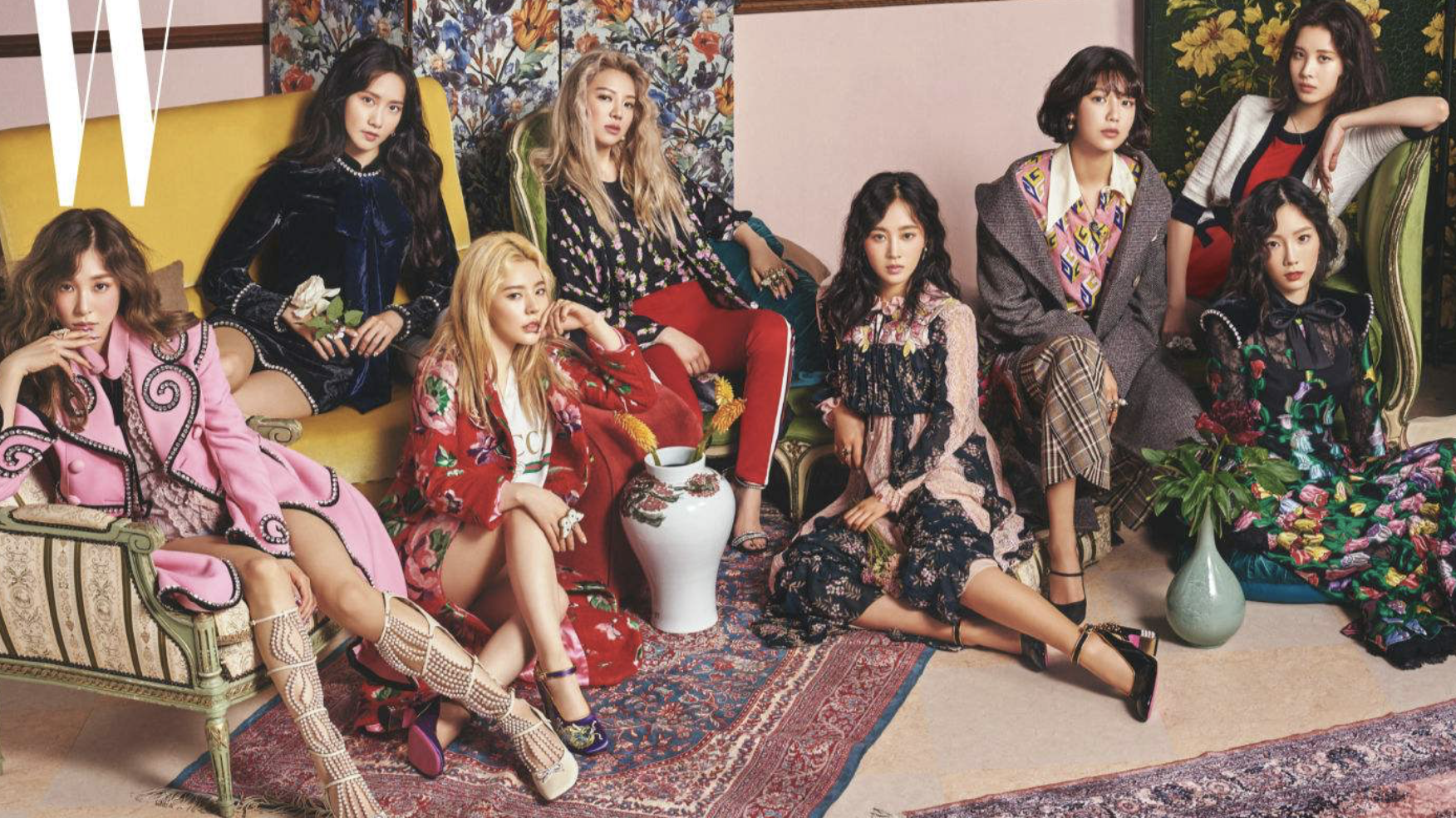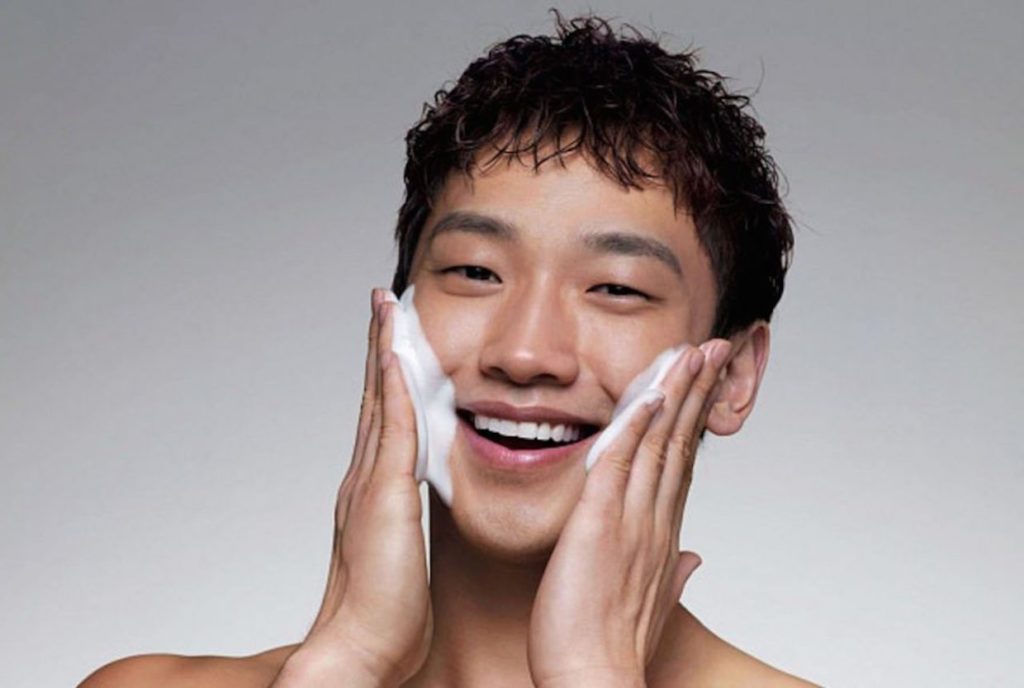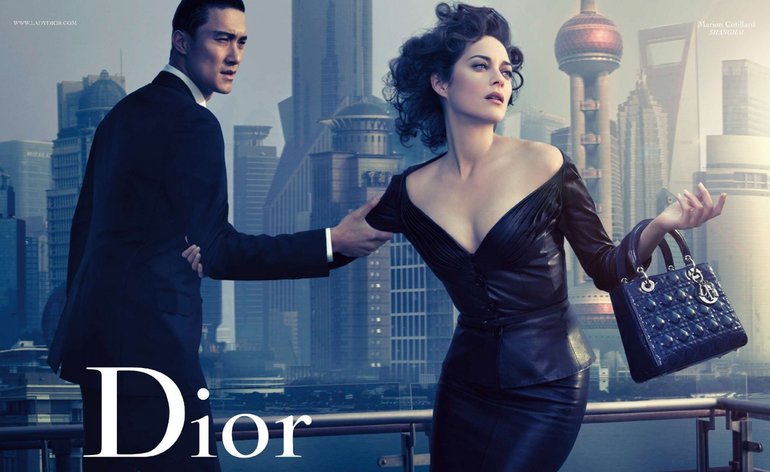Amid the swine flu outbreak, face masks are becoming a common sight around the world, but in China. They have been part of everyday streetwear for decades and even spawned their own fashion trends. China’s love affair with face masks baffles many visitors who are disconcerted at the sight of air passengers, commuters and office workers wearing the protective cotton safeguards otherwise associated with hospitals.
Face masks designed to stop bugs, dust and allergens are sold in convenience stores on almost every city street in China, which counts on 82 manufacturers to protect its big population from airborne nasties.
A new fashion accessory
As China’s latest fashion trend, it has shown up on the official Paris Fashion Week runway. It’s sold alongside Givenchy pumps, Chloé handbags, and Lanvin dresses in a high-end online boutique. It appears in stylish selfies on social media. It’s sometimes made with luxe materials such as satin and crystals, and fashionistas have been known to buy several in different colors and patterns to match their individual outfits.
It’s not the newest designer handbag, shoe brand, or pair of “it” sunglasses. Rather, decidedly unglamorous smog conditions in Chinese cities have spurred the growing popularity of this accessory.
The face mask is a real market
Given the vast number of cities suffering pollution problems, the potential market for the masks is sadly huge. In June 2013, China’s Ministry of Environmental Protection said that only one-quarter of 113 major Chinese cities last year recorded air quality that was deemed safe to breathe. In addition to first-tier cities, Vogmask has distribution in smaller cities including Qingdao, Taiyuan, Shenyang, Nanjing, and Suzhou, and is planning on more expansion. The ripple has started in these first-tier cities where people are very well-networked and they’re able to access the information about health. In the second and third-tier cities, a lot of people still think the pollution is fog, as they’ve been told by the local authorities for some time. As they start to realize that actually it’s not fog; it’s particulate emissions from cars, factories, and power plants—and that there’s a real danger from the health effects of this, those people will start consuming pollution-related products like masks and purifiers as well.
Fashion contributes to the health of the Chinese
Despite the dangers (and high-fashion hype), however, there are certain obstacles to getting everyone to wear a mask. In the past few weeks, Beijing has seen many days where PM2.5 readings exceeded the “hazardous” level based on EPA gradation in Beijing (greater than 300), but mask-wearers on the streets were conspicuously a minority. Many need to be educated about the dangers of pollution, but it’s also hard to blame those who already know better for not wanting to put them on: they look like their part of a medical uniform, they’re stuffy, they’re hot, and wearing one on a day surround by oppressive, looming buildings enveloped by smog can make one feel trapped in a dystopian, sci-fi nightmare come true.
Companies are working to change that perception, however, by marketing the masks based on both aesthetics and safety. Two-year-old company Vogmask offers protective masks in a variety of colors and patterns and staged a runway show featuring them at this year’s Hong Kong Fashion Week as part of a collaboration with designer Nina Griffee.
Face Mask and Paris Fashion Week
During Paris Fashion Week, Chinese designer Masha Ma sent several models down the runway donning Swarovski-studded face masks to match the outfits in her urban-chic collection. That same week, Ma teamed up with luxury e-tailer Yoox to unveil a special-edition pollution mask as part of a new collection being sold on its Chinese site featuring masks by some of China’s most prestigious fashion labels including Qiu Hao, Sankuanz, and Xander Zhou.
Another brand targeting the Chinese consumer market is Respro, a 20-year-old UK mask company that was first available in the UK and Europe and geared toward those in extreme situations like athletes, firefighters, allergy sufferers, or those working in cold environments around powdered ice. The company began distributing in China in 2002 focusing on cyclists, but experienced more mass-market demand as pollution worsened. In June, it collaborated with designer Marcelo Burlon when it launched a line of masks that were shown at his Spring/Summer collection fashion show in Florence, aiming for broader appeal.
HOW TO MARKET YOUR TRENDY FACE MASKS
Below are 4 essential choices to make if you want to market your own brand of face mask
BRANDING
Branding is absolutely critical to a business because of the overall impact it makes on your company. Branding can change how people percept your brand, it can drive new business and increase brand awareness. A professional appearance and well-strategized branding will help the company build trust with consumers, potential clients, and customers
BUILD A CHINESE SITE
The most important factor for any Western business looking to promote their company in China is the creation of a localized Chinese website, that will appeal to customers in China. This is achieved through what could be considered Chinese website design by carefully matching literary attributes and stylistic elements to those found on other Chinese websites. Developing your own localized Chinese website has great potential for your business.
USE SOCIAL MEDIA
Social Media drives approximately 50% of e-commerce in any part of Asia. It also fundamentally changing the way Chinese people communicate on a daily basis, replacing traditional mobile phones and communications channels in both personal and professional. For example, WeChat started as a messaging app now is one of the world’s largest standalone mobile apps, if measured by the number of active monthly users, over a billion. As well as the usual messaging and posting it can be used to play games, order food, pay bills, read the news, book appointments, and many more day-to-day functions. Its reach and influence are way above that of any other online platform in China.
KEY OPINION LEADER
In China, KOL (Key Opinion Leaders) marketing can represent over 30% of marketing resources for global/mature brands, and 80% of marketing resources for independent brands newer to the Chinese market. And more than 50% of China’s digital consumers use social media to do product research or get recommendations. Overseas companies that want to expand over the Asian continent need to use these KOLs to drive more traffic and raise brand awareness.
Gentlemen Marketing Agency is based in Shanghai. We aim to help companies to expand their businesses into China’s market. We are digital experts. We have all the necessary expertise to make your business real. Contact us!









